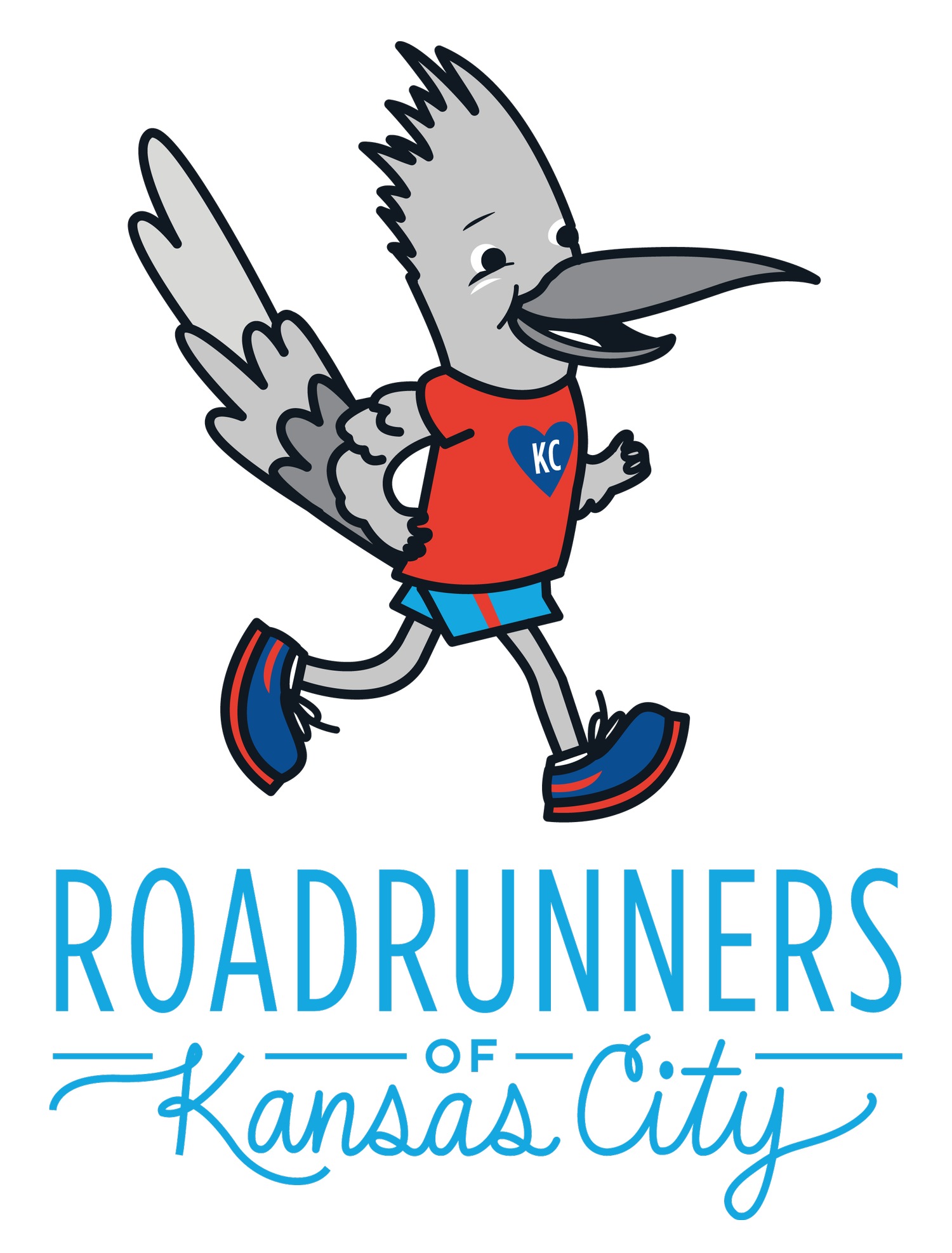Giving In, Not Up.
/"Two steps forward, one step back" is a saying we have in physical therapy. It's accurate but no less frustrating. When it happens, I urge my patients, "Don't give up. Therapy is a process." No matter how circuitous the path is, the result is worth the patience, trust, and faith. And sometimes, it opens the door to a place we never expected.
After rupturing my plantar aponeurosis and a six-month bout of physical therapy, I returned to running with a new run gait and squeaky-sounding but effective insoles. I ran along with my new form and dared to envision a return to racing.
That dream was short-lived as my hip had other plans, so begrudgingly, I took a few steps back - almost to the beginning - to rest, recover and reassess. As it turns out, my hip is OK, but I had to give in to the walk: run method.
For years, I've prescribed walk-running for new runners and those recovering from injury, but as a transition to continuous running—the goal was to run without walking.
When I started training for marathons, I noticed that some of the experienced runners in the training group were happy to stop and walk. They were concerned with the location of bathrooms on our training runs and stopped to take pictures during a race. With my competitive nature, it was beyond my comprehension.
But now, as an aging and injured runner, I have a new perspective. I recognize the importance of bathroom stops and the physical and mental benefits of walk breaks on the run.
Over the last nine months, I've immersed myself in this walk-run method to rehabilitate and return to running continuously. But now, I may stay here.
I've grown fond of this running technique. My running segments are only as long as I can hold good form and strength. The segments are as fast, if not quicker, than my pace when I am healthy. And afterward, my muscles feel worked, my joints don't hurt, and I recover faster. To my surprise, my boost in mood (or runner's high) is just as intense as when I run continuously, but I don't crash later in the day.
The walk-run method may be the holy grail of running for the aging or perhaps a running elixir or the fountain of youth for aging runners.
The benefits don't stop with the physical. Walk breaks allow us to take in surroundings that otherwise whiz past, unseen, like my neighbor's fairy garden, downy baby geese beside the pond, or a bald eagle perched above the trail.
I am no longer puzzled by runners who halt mid-marathon to photograph the grandeur of giant redwoods or listen to a pianist playing a grand piano; it is good for the body and the soul.
My 40-year-long running journey has evolved through many phases. And now, it appears I'm crossing over into a new one. Partially directed by age, but primarily due to injury.
Recovery from injury is not a linear process. There are inevitable ups and downs, backpedals, and even swirl-arounds. Sometimes we veer entirely off course, but eventually, we get there: to an endpoint, to a state of relative health and function. Sometimes that ending is not what we hoped for or looks different than what we imagined, but I'm learning firsthand that it is healthy to give in, as long as we don't give up.


